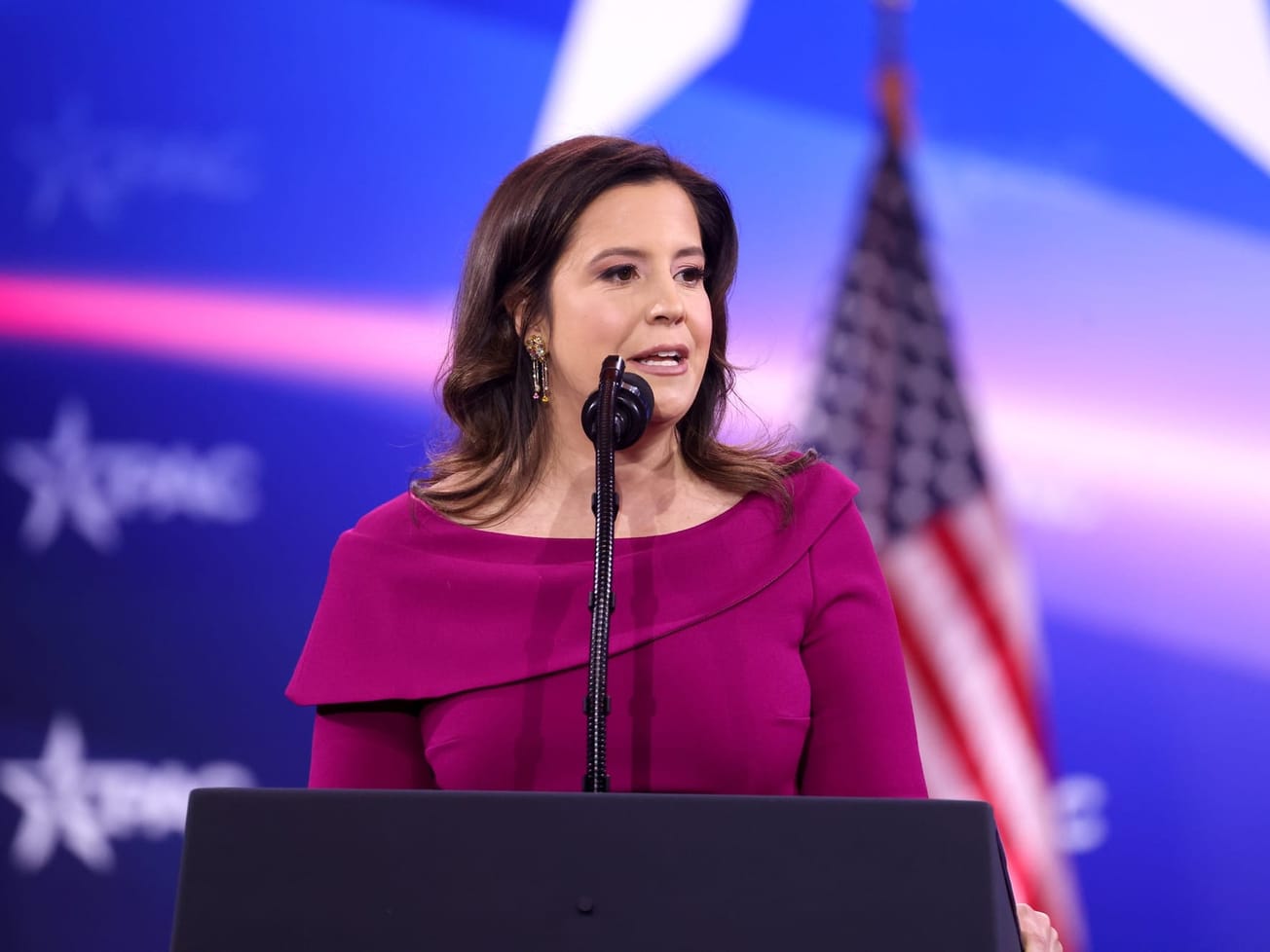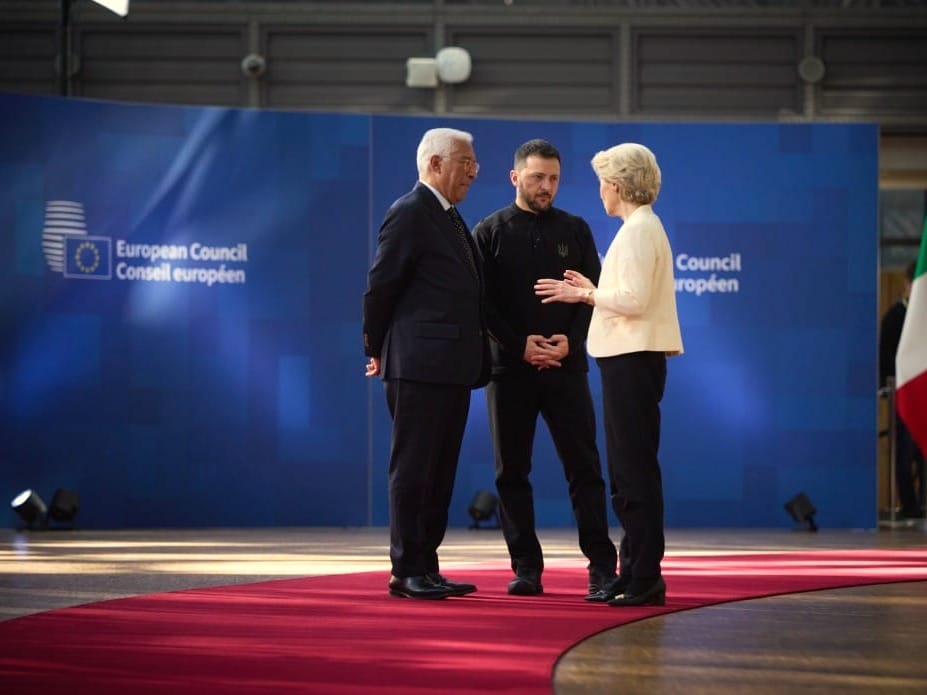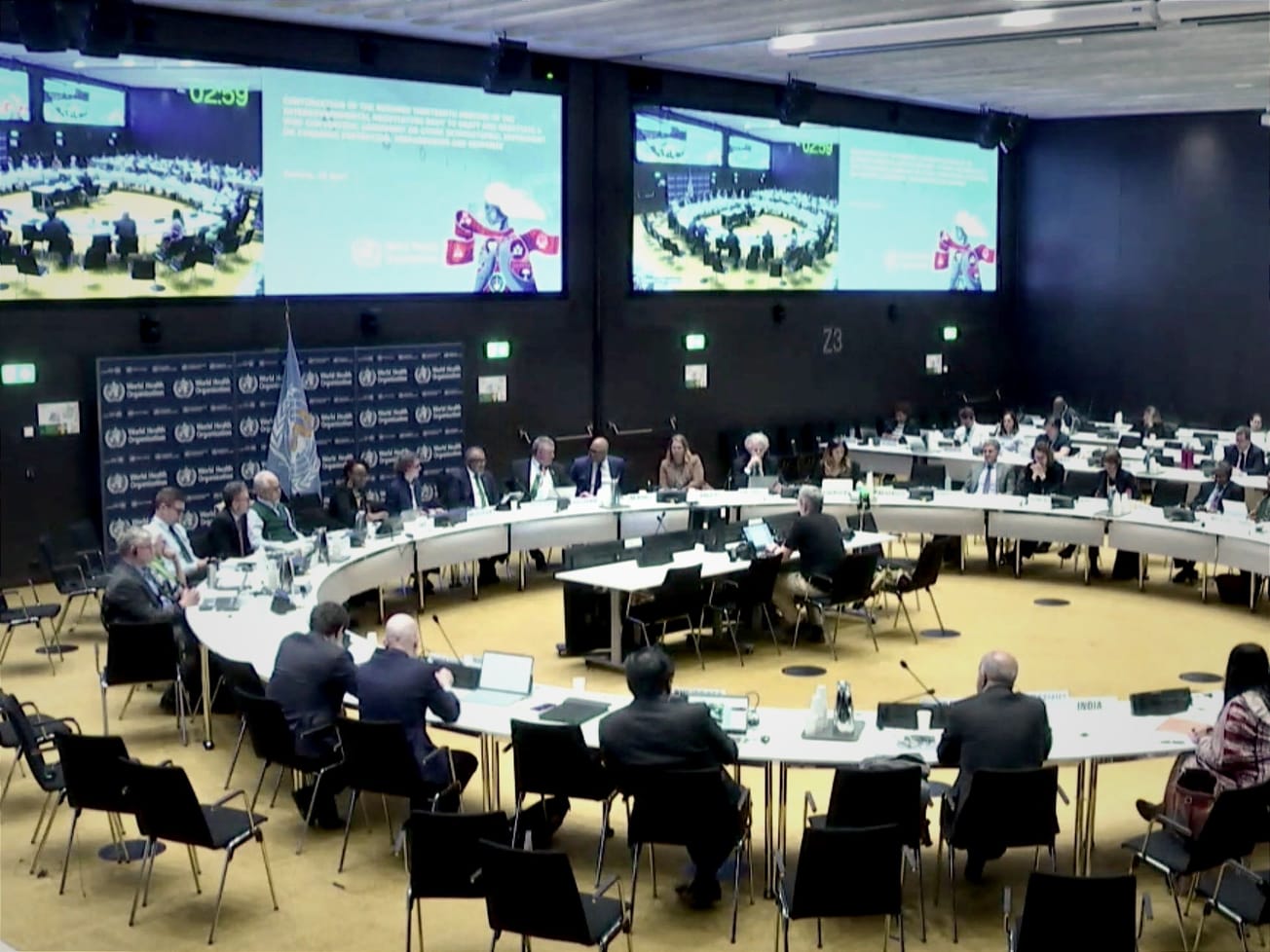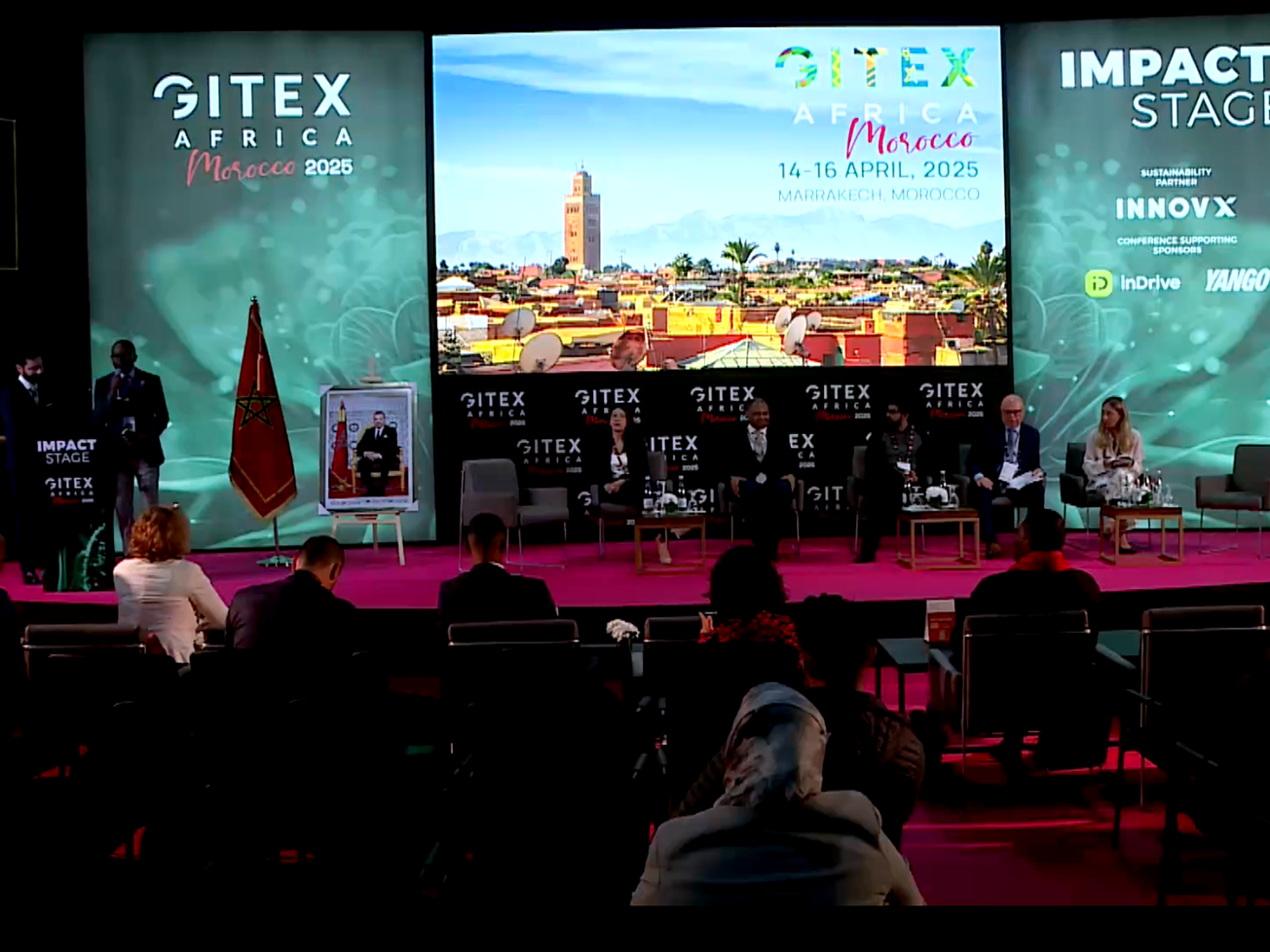COPENHAGEN, Denmark (AN) – Greenland has a Danish yoke, a growing independence movement, and a place at the table among international organizations – all factors that could thwart any U.S. expansionism.
Next month's general election and ban on foreign and anonymous political funding in Greenland – to which Denmark takes a hands-off approach but keeps a cautious eye on – reflect deep concerns about U.S. President Donald Trump's interest in the semiautonomous Danish territory. Trump says Greenland is vital to U.S. security and Denmark should hand it over so it's better protected against Russian and Chinese military vessels.
Greenland asserts control over its affairs under a self-rule law that includes an article providing for full independence if its people and Danish lawmakers go along. It runs its own schools, health care and taxes, but the Danish government looks after foreign affairs and defense.
"Trump's interest in Greenland will definitely play a role in the upcoming elections, as it has already increased talks about activating Article 21," Mikkel Runge Olesen, a senior researcher at the Danish Institute for International Studies, told Arete News.
The U.S. already has a big military presence in Greenland through Pituffik Space Base, formerly Thule Air Base, which is crucial for missile warning and space surveillance. The U.S. recognized Danish sovereignty over Greenland in a 1916 treaty, and the U.S. military operates its northernmost base and deepwater port on the Arctic island based on agreements with Denmark – which could be jeopardized by any U.S. effort to wrest control.
Greenland joined the European Economic Community in 1973 through Denmark, but withdrew in 1985 over disagreements on fishing quotas. For trade purposes, it is not part of the E.U.'s "single market" – but it is one of 13 E.U. "overseas countries and territories." That gives it support from some European programs and duty-free and quota-free access to the E.U. market.
Greenland belongs to international organizations and treaties that include Denmark, notably NATO, and participates in the Council of Europe, Nordic Council, Nordic Council of Ministers, and West Nordic Council. Because of Greenland, Denmark has a seat on the Arctic Council with Canada, Finland, Iceland, Norway, Russia, Sweden, and the U.S.
Some Danish politicians argue Greenland should be part of the E.U. for protection. But Greenland's existing ties to the E.U. and NATO – and their mutual defense pacts – already make it unlikely the U.S. would make a move that could destabilize the region or create conflict with a key ally.
"If Trump tries to bully one of the E.U. member states, the E.U. would have to get involved. Their instruments are economic, so there is a real threat of a trade war," Olesen said, though "it would be a catastrophe for NATO" if its most powerful member, the U.S., took action against another member.
"My hunch – and previous polls have indicated – is that Greenlanders would prefer Denmark over the U.S., but new polls in the current context are needed to make more definite calls," he said.
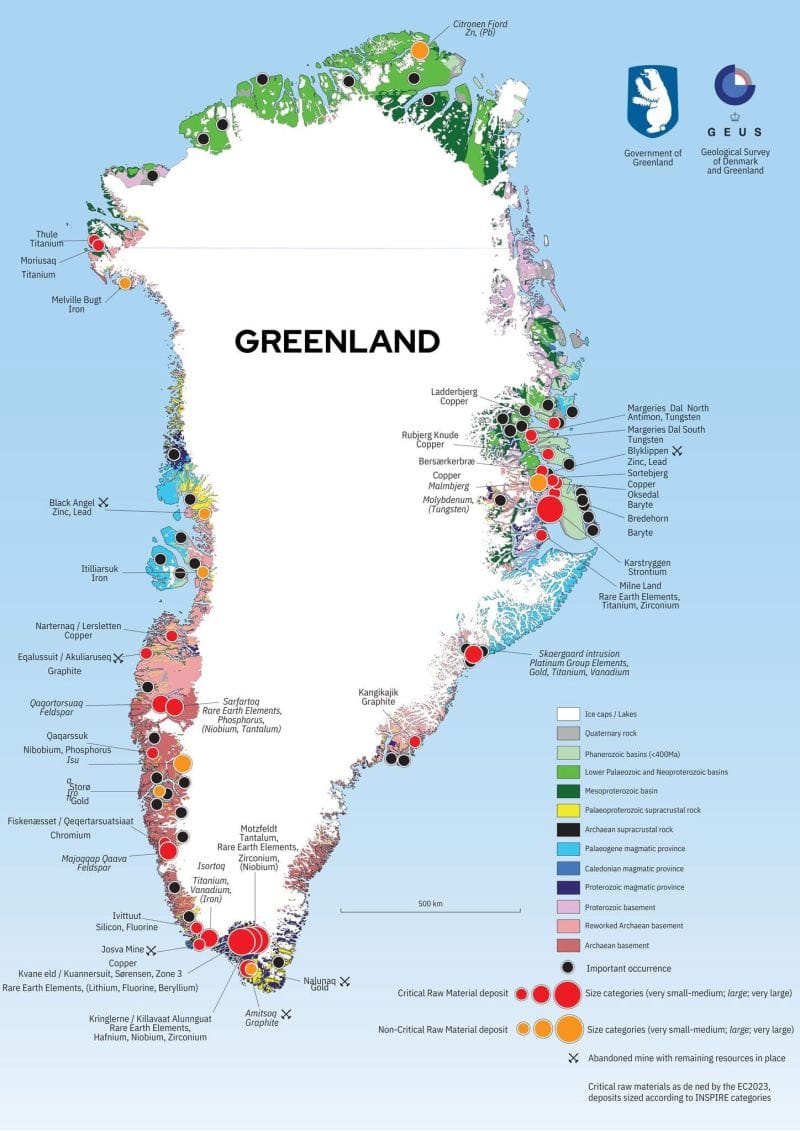
'Wave goodbye to the billions'
Any U.S. attempt to buy Greenland would likely face strong opposition from Greenlanders and their political leaders. It also would strain relations with Denmark, a close U.S. ally, and raise concerns among other Arctic nations and international partners about U.S. intentions in the region.
Greenland's nearly 57,000 residents have increased their autonomy from Denmark, and its government clearly stated it is not for sale. A recent poll of Greenlanders commissioned by Danish newspaper Berlingske showed 85% opposed joining America; 9% was undecided and 6% favored it.
"Wave goodbye to the billions: Parties at Christiansborg have a clear message to Greenland," Danish newspaper Jyllands-Posten headlined on Thursday, referring to political parties at Christiansborg Palace, the seat of Danish government – which seems to walk a tightrope between showing respect for Greenlanders' rights and providing them financial support.
"Right now, billions roll in from Denmark to Greenland every year in the form of block grants," the newspaper said. "Greenlanders can wave goodbye to that money if they secede from Denmark. That is the message from all the parties at Christiansborg that want to answer the question."
While Greenland's integration into the international order and its potential independence create a complex web of political and security considerations, its geographical location and natural resources have long made it a target of U.S. leaders' ambitions for territorial expansion.
After buying Alaska from Russia in 1867, then-U.S. Secretary of State William Seward turned his attention to Greenland and Iceland as potential U.S. acquisitions – not to mention Canada, which he also wanted.
Seward commissioned a report in 1868 that emphasized Greenland's location and minerals, fisheries and other resources. But for centuries the vast island has been home to Indigenous peoples, mainly Inuit, with long-established ties to the land and hunting and fishing communities.
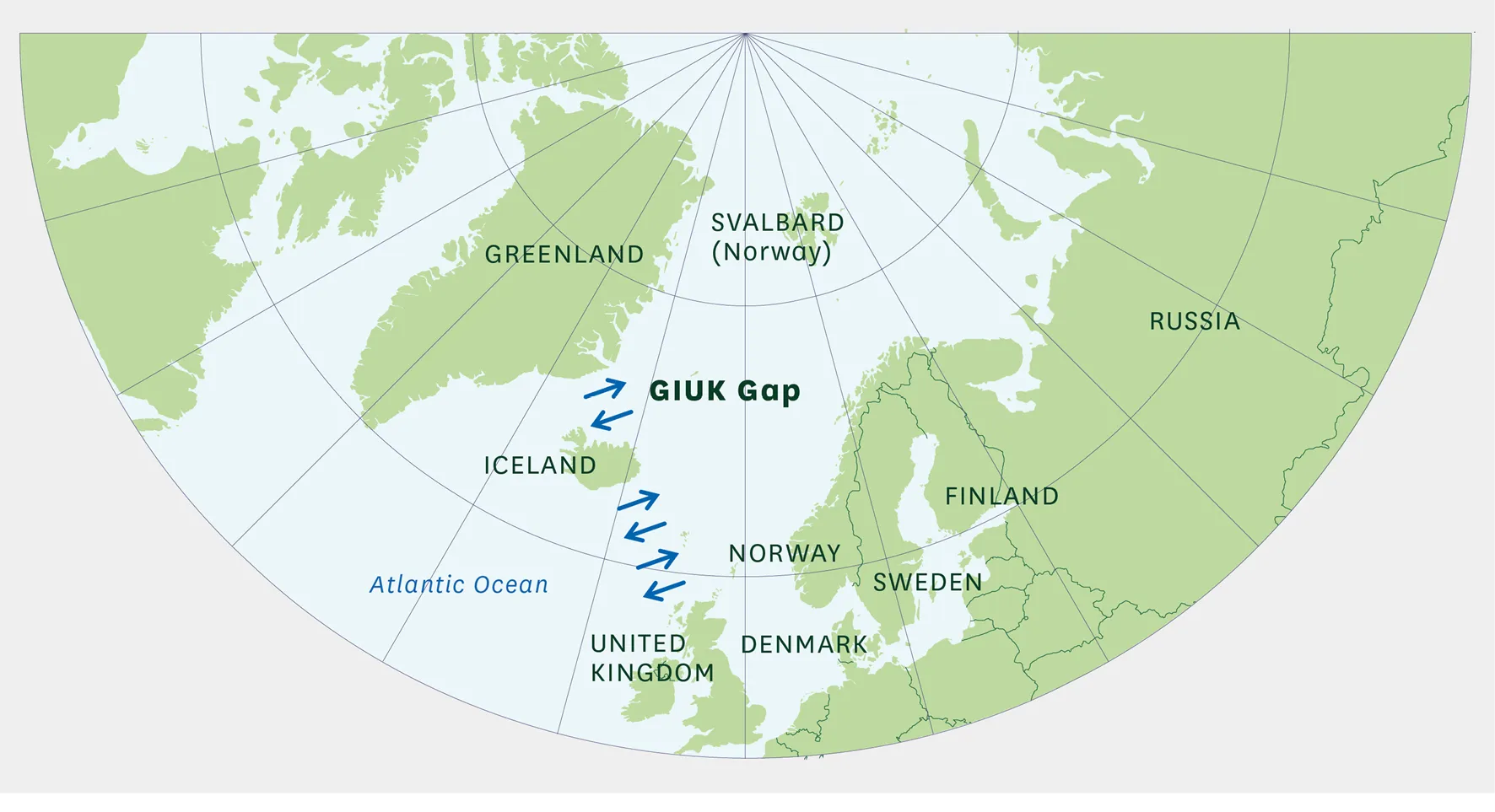
'Serious challenges' in the Arctic and North Atlantic
Greenland is located in the "GIUK Gap," a maritime corridor between Greenland, Iceland, and the United Kingdom that protected Allied supply chains during the two world wars and became a critical frontline for Cold War-era nuclear submarine activity. Trump argues Denmark's limited ability to patrol the area opens the door to Chinese and Russian incursions.
A former deputy assistant to Trump for national security issues, Alexander Gray, told a U.S. Senate hearing about Greenland on Wednesday that the "ideal solution" from a U.S. national security perspective would be to add Greenland to 14 U.S. “insular areas” that include Puerto Rico and Guam.
Greenland’s coastline also holds "one of the world’s greatest collection of minerals in one jurisdiction," Anthony Marchese, chair of Texas Mineral Resources Corp., told the hearing. "Throw a dart at any portion of the coastline and you will undoubtedly hit a potential world-class target."
Jennifer Mercer, a geoscientist who heads the U.S. National Science Foundation's Arctic sciences section, told the hearing that Greenland and the polar regions "have a long history with both U.S. scientific research and defense operations occurring there simultaneously and together."
Aboard Air Force One last week, Trump renewed his call for acquiring the strategic and resource-rich world's largest island, which is critical to U.S. missile defense and monitoring Russia’s naval activities. "We need Greenland because of national security – international security – world security, world peace," he told reporters. "And we'll have to do that."
Denmark has quickly moved to boost its military capabilities in the Arctic region by as much as 14.6 billion Danish kroner (US$2.05 billion). The money will be used "to improve capabilities for surveillance and maintaining sovereignty," according to Denmark's defense ministry. "At the same time, support to allies and NATO’s efforts in the Arctic and North Atlantic is essential to strengthening overall security and defense.“
Three new Arctic naval vessels equipped with helicopters and drones will be used around Greenland. Two long-range drones, satellites and ground-based sensors will be used in the Arctic and North Atlantic. And more young people in Greenland will undergo Arctic basic military training.
“We must face the fact that there are serious challenges regarding security and defense in the Arctic and North Atlantic,” said Denmark's defense minister, Troels Lund Poulsen, whose nation also joined the powerful 15-nation United Nations Security Council for a two-year stint starting this year. "For this reason, we must strengthen our presence in the region."
Greenland's foreign minister, Vivian Motzfeldt, said she was pleased with the additional steps Denmark was taking to increase its military presence in and around Greenland while it is "facing a changing security landscape."
During a tour of Berlin, Paris and Brussels at the end of January, Denmark’s Prime Minister Mette Frederiksen aimed to rally support for the proposition "that everybody has to respect the sovereignty of all national states in the world, and that Greenland is today a part of the Kingdom of Denmark. It’s part of our territory and it’s not for sale."
Earlier this month, Frederiksen paid a visit to British Prime Minister Keir Starmer in London. "Europe must take more responsibility for its own security," Frederiksen said. "We find ourselves in a new geopolitical reality. With major changes in the world as we know it. Not least, we see a continued aggressive Russia, which threatens Europe's security and is a growing challenge in the Baltic Sea and the Arctic."


